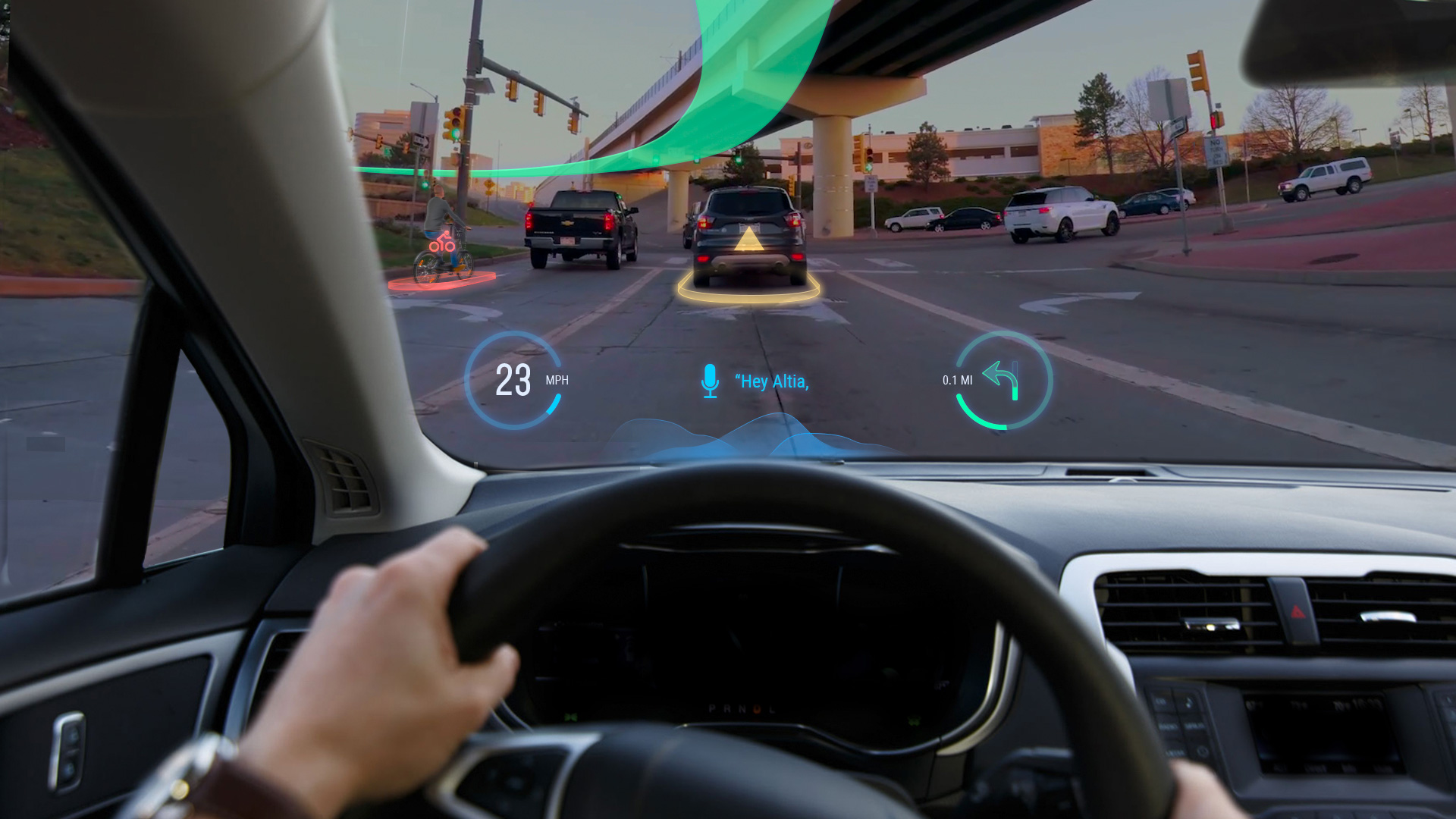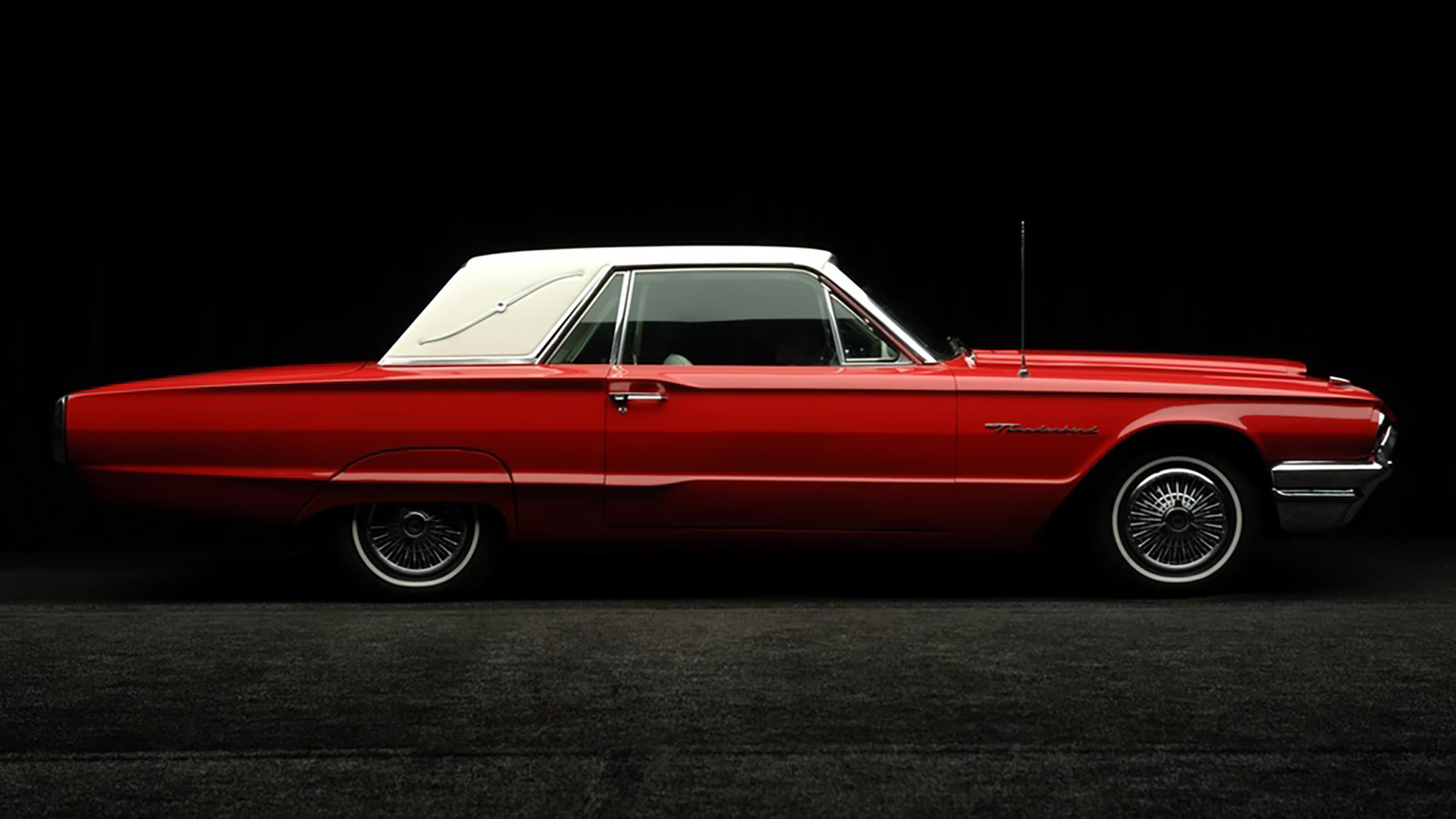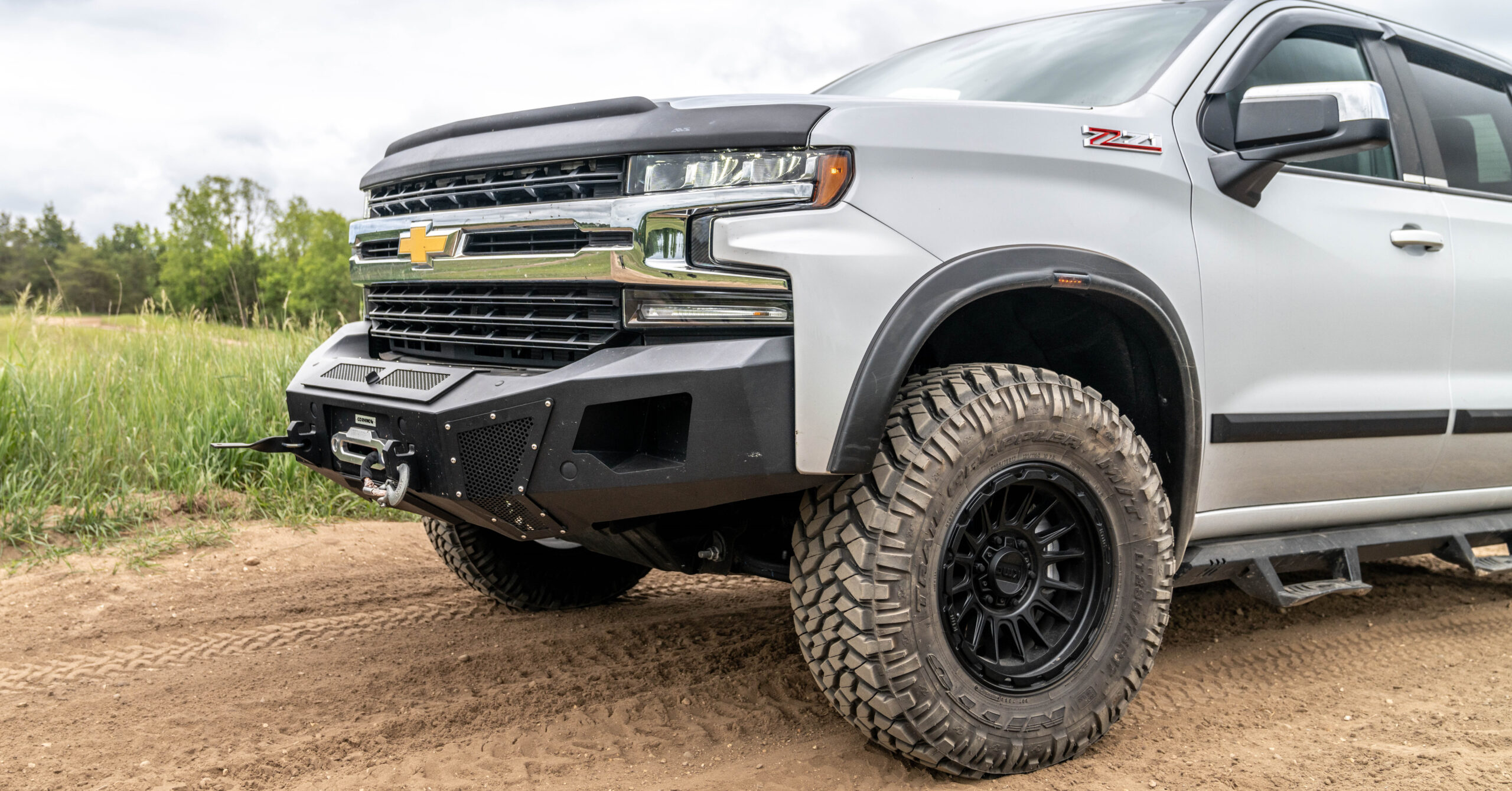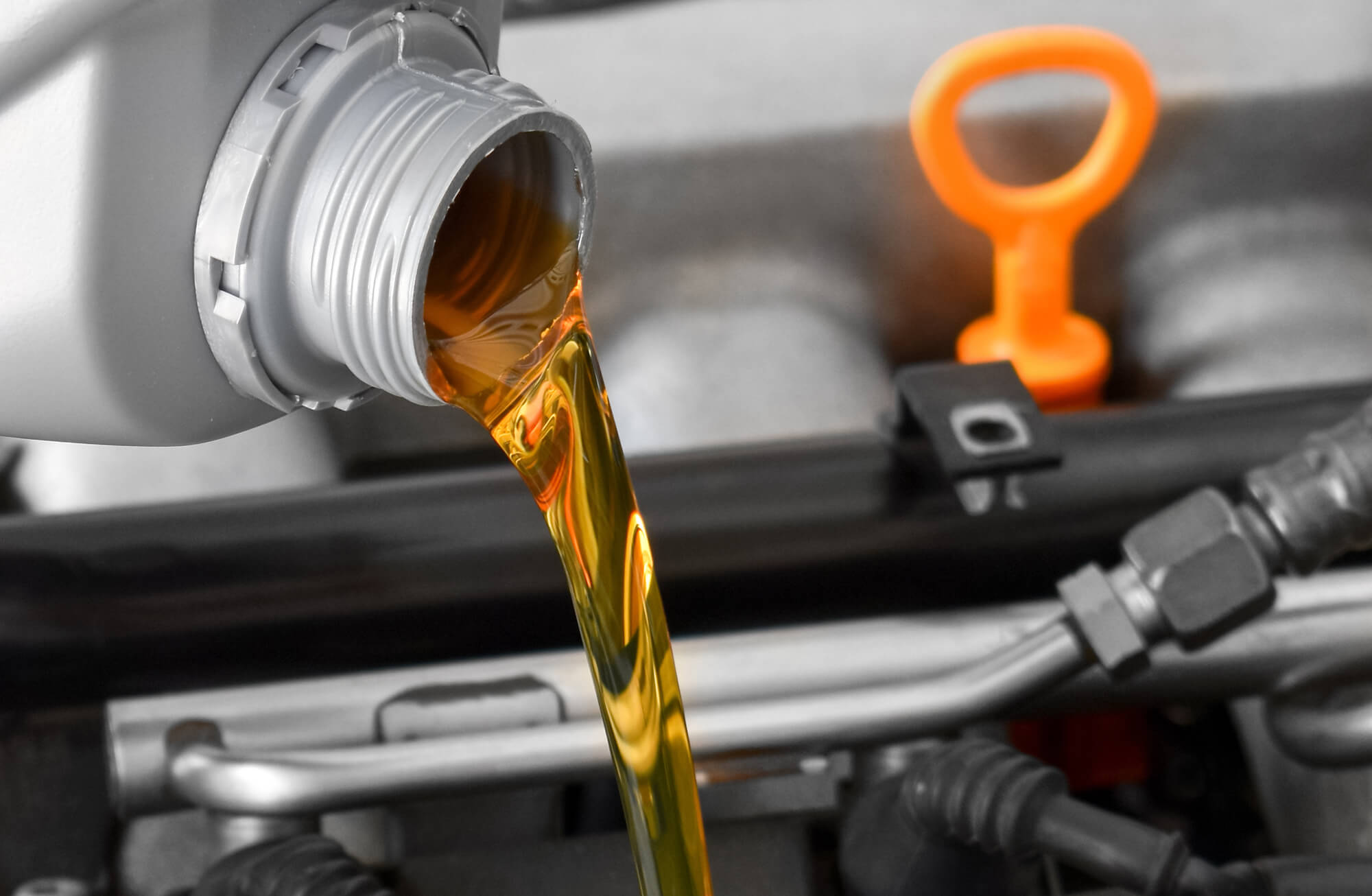Picture yourself cruising down a highway at night, the city lights reflecting off the asphalt. Instead of glancing down at a dashboard or fiddling with a touchscreen, all the critical driving information appears seamlessly on the windshield before you—navigation directions, speed, and safety alerts, all within your direct line of sight. This is the transformative power of Head-Up Displays (HUDs) technology.
HUDs are sophisticated projection systems that deliver essential data without diverting a driver’s attention from the road. Originally developed for fighter pilots to access real-time mission information, this technology has now made its way into consumer vehicles, revolutionizing the driving experience. By providing real-time insights and reducing distractions, HUDs enhance safety and comfort, making them a pivotal innovation in modern automotive design. This article will explore the benefits, limitations, and future advancements of HUD technology in the automotive sector.
Benefits of Head-Up Displays
Enhanced Safety
- Reduced Eye Movements: One of the most significant safety benefits of HUDs is the minimization of eye strain and distraction. By eliminating the need to look down at traditional instrument clusters, drivers can keep their eyes on the road, reducing potential accidents caused by momentary lapses in attention.
- Faster Reaction Times: When critical information such as speed, navigation instructions, and collision warnings appear directly in the driver’s line of sight, reaction times improve dramatically. Drivers can respond to sudden road hazards without delay.
- Improved Situational Awareness: HUDs can integrate with vehicle sensors to display real-time alerts, including blind spot detection, lane departure warnings, and pedestrian or cyclist proximity notifications. This additional layer of awareness helps drivers anticipate and avoid potential dangers before they escalate.
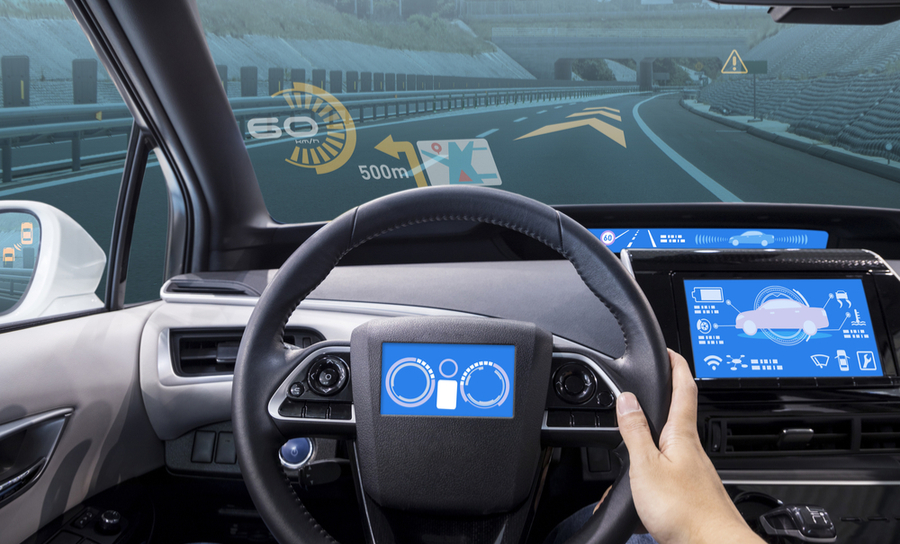
Upgraded Driving Experience
- Minimized Distraction: Unlike traditional dashboard displays that require drivers to shift focus, HUDs present information in a non-intrusive manner, ensuring critical details remain within a driver’s natural field of view.
- Increased Comfort: Constantly looking down at an instrument panel can lead to neck strain and fatigue, particularly during long drives. HUDs alleviate this issue by presenting all necessary data at eye level.
- Personalized Information: Many modern HUD systems allow drivers to customize what information is displayed. From speed limits to navigation details to ADAS (Advanced Driver-Assistance Systems) alerts, drivers can tailor the HUD interface to suit their preferences and driving style.
Advanced Features
- Augmented Reality (AR) Integration: The next evolution of HUD technology incorporates augmented reality to overlay virtual information directly onto the real-world environment. For instance, navigation arrows can be projected onto the road itself, seamlessly guiding drivers without requiring them to look away.
- Driver Assistance Systems: Modern HUDs work in tandem with ADAS features like adaptive cruise control, lane-keeping assist, and automated emergency braking. By displaying real-time data from these systems, HUDs further enhance driving precision and awareness.
- Entertainment Integration: While minimizing distractions remains a top priority, HUDs may also provide limited entertainment options such as incoming call notifications, music track information, and voice command interactions, ensuring drivers remain connected without compromising safety.
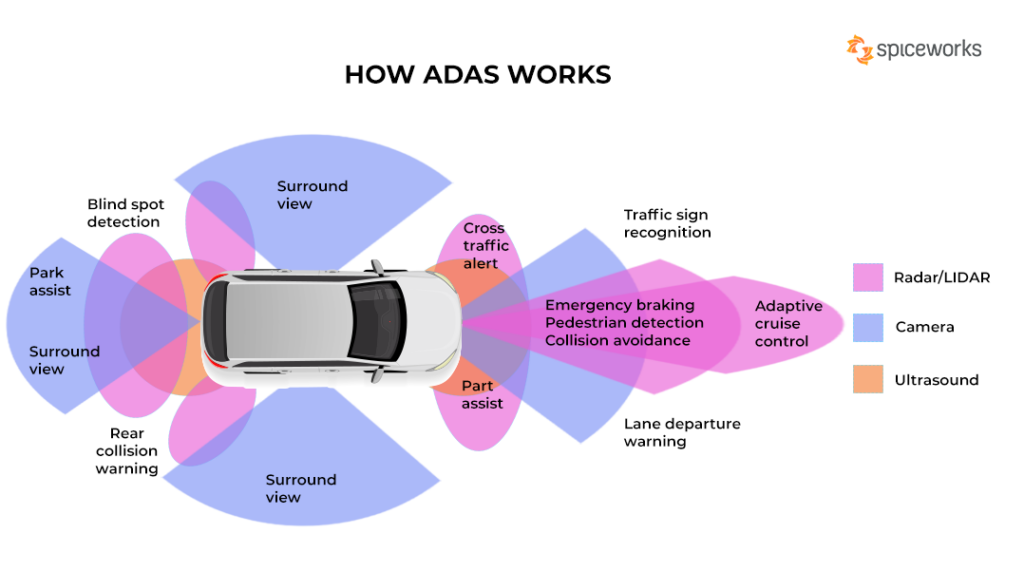
Limitations of Head-Up Displays
Distractions
Excessive Information
While HUDs are designed to streamline essential driving data, an overload of information can lead to visual clutter. When too many details—such as navigation, speed, fuel efficiency, and ADAS notifications—are displayed simultaneously, the driver may struggle to prioritize critical information. This paradoxically increases distraction rather than reducing it.
Glare and Reflections
A significant challenge for HUD technology is visibility under different lighting conditions. Sunlight can create glare on the windshield, making HUD projections difficult to read. Similarly, reflections from bright headlights at night can reduce the effectiveness of the display, forcing drivers to divert attention elsewhere to confirm essential details.
Distracting Animations
While some HUDs incorporate animations to enhance user experience, overly complex or flashy transitions can become a distraction. Instead of aiding situational awareness, such features may divert the driver’s attention away from the road, counteracting the intended safety benefits of the technology.
Technical Challenges
- Projection Clarity and Brightness: Ensuring the HUD remains visible in various lighting conditions requires advancements in display technology. Displays need to be bright enough to be legible during daylight while automatically adjusting to avoid being too intense at night. Achieving this balance remains a technical hurdle for manufacturers.
- Customization and Personalization: Different drivers have unique preferences when it comes to the information they need while driving. However, many HUDs still lack intuitive and flexible customization options. An overly complex settings menu can make adjustments cumbersome, limiting user adoption and usability.
- Compatibility Issues: Standardizing HUD technology across various vehicle models presents a challenge. While some vehicles come with built-in HUDs, aftermarket solutions may not integrate seamlessly with all dashboards or windshields. This incompatibility can limit the accessibility of HUD technology for consumers looking to upgrade their existing vehicles.
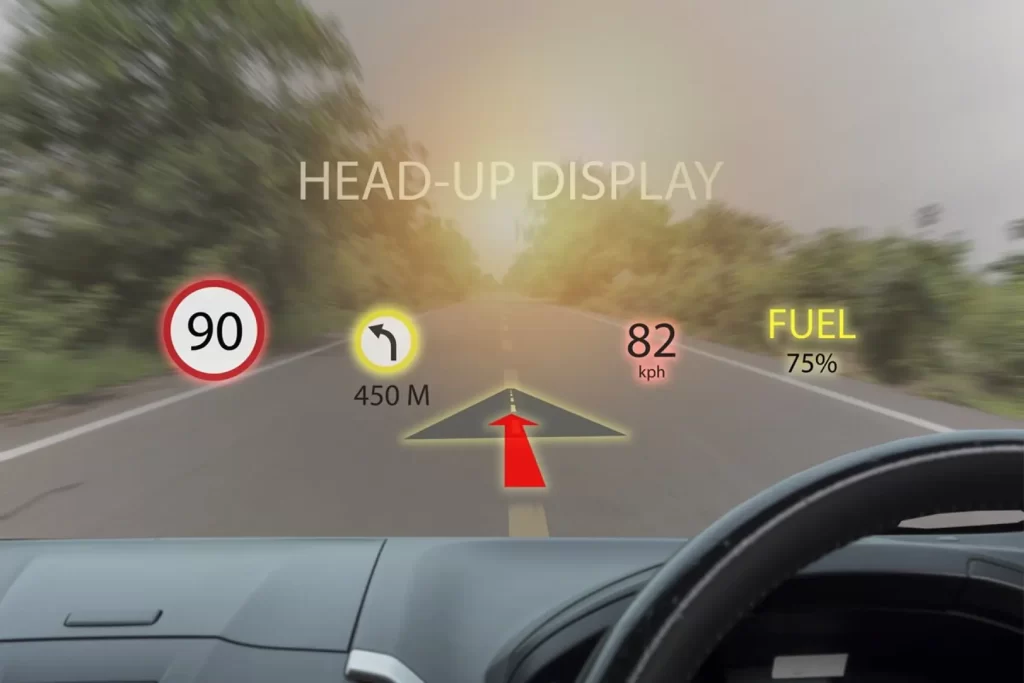
Cost
The high cost of implementation remains a major barrier to widespread HUD adoption. Advanced HUD systems with augmented reality features and high-resolution displays are expensive for manufacturers to produce. As a result, these systems are often reserved for high-end vehicles, making them inaccessible to budget-conscious consumers. Additionally, the expense of repairs and maintenance can be a deterrent for potential buyers considering this technology.
The Future of Head-Up Displays in Automotive Technology
Advancements in Augmented Reality
Future HUDs will feature highly detailed augmented reality (AR) elements, such as real-time speed limits, hazard warnings, and lane guidance projected directly onto the road. This evolution will create an intuitive driving experience, reducing the cognitive load on drivers.
Cutting-edge HUDs will incorporate high-resolution mapping data, enhancing navigation precision. Drivers will see route markers projected seamlessly onto their surroundings, making complex turns and highway merges easier to navigate.
Integration with Autonomous Driving Systems
As vehicles transition to partial autonomy, HUDs will serve as critical communication tools, displaying system status, traffic conditions, and requests for human intervention when necessary.
In self-driving cars, HUDs will shift from safety-focused features to entertainment and communication hubs. Passengers may receive real-time updates on their journey, access media, or engage in productivity tasks via an advanced HUD interface.
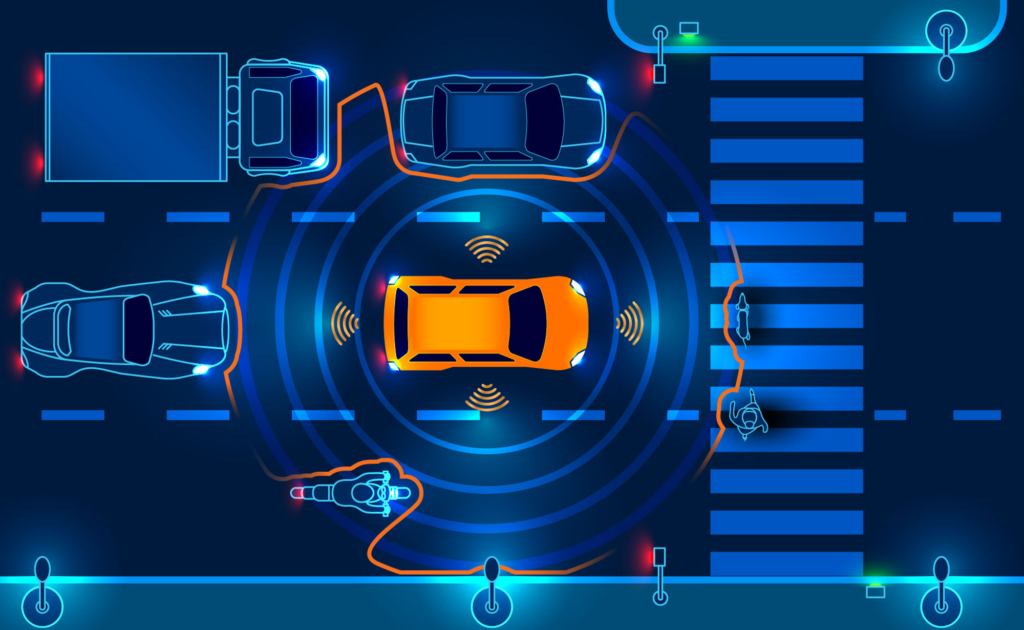
Increased Personalization and Customization
The future of HUD technology includes artificial intelligence that adapts to driver behavior. AI-driven HUDs will learn individual preferences, adjusting brightness, displayed information, and color schemes for an optimized experience.
Next-generation HUDs will embrace touchless interaction, allowing drivers to adjust settings, control navigation, and access information through voice commands or simple hand gestures.
Enhanced Safety Features
Future HUDs will work in tandem with night vision, pedestrian detection, and collision prevention systems to improve driver awareness. Critical safety alerts will be projected directly onto the windshield, allowing for faster reaction times.
Advanced HUDs will be capable of monitoring driver attentiveness, issuing alerts or even initiating automated safety measures if signs of drowsiness or inattention are detected.
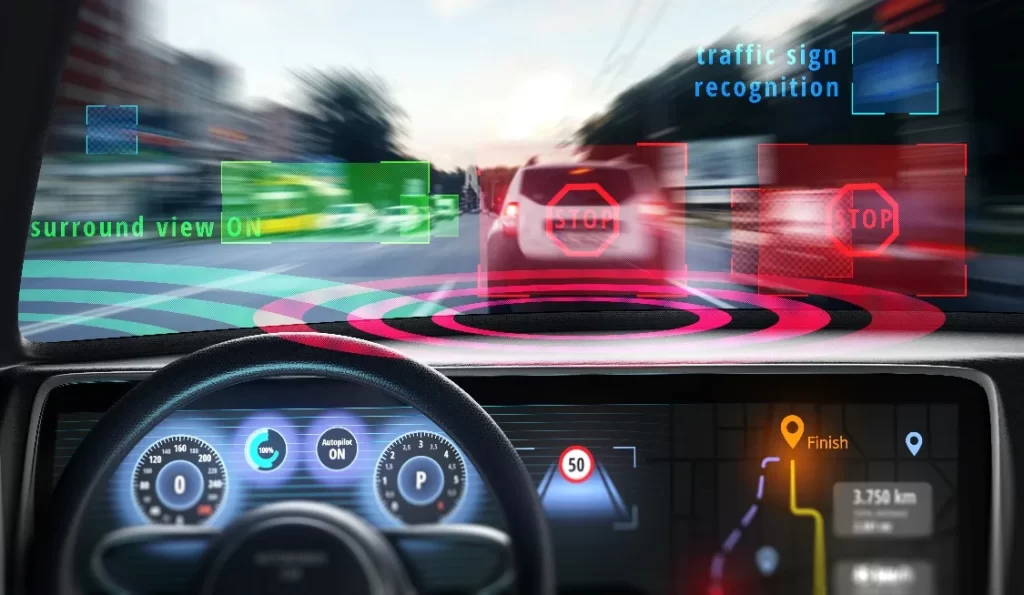
Conclusion
As HUD technology evolves, it promises to redefine the driving experience, enhancing safety, convenience, and connectivity. While current systems still have limitations, rapid advancements in AR, AI, and autonomous driving integration will unlock unprecedented potential. The future of HUDs lies in creating a seamless, intuitive interface that not only aids drivers but also transforms vehicles into intelligent, interactive companions. With each innovation, HUDs move closer to making driving safer, more efficient, and ultimately, more enjoyable.
